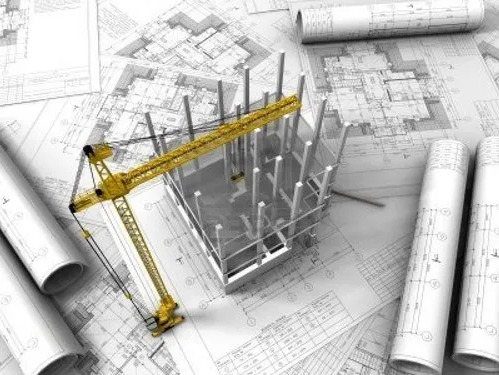What are MEP drafting services: why it is important in construction?
The Basics of MEP Drafting Services: A Beginner’s Guide
In the world of construction and building design, accuracy and coordination are essential. One critical process that ensures everything works together seamlessly is MEP drafting. MEP stands for Mechanical, Electrical, and Plumbing, and drafting services provide the technical drawings that guide engineers, architects, and contractors through the building process. Without clear MEP drawings, even the most well-planned project can face delays, errors, and unnecessary costs.
What is MEP Drafting?
At its core, MEP drafting is the process of creating detailed technical drawings that represent the mechanical, electrical, and plumbing systems within a building. Traditionally, these drawings were created by hand in 2D. Today, professionals rely on advanced tools like AutoCAD and Revit to develop precise, digital drafts. In many cases, 3D modeling and Building Information Modeling (BIM) are used to make designs more accurate and collaborative.
Key Components of MEP Drafting
-
Mechanical Drafting
Mechanical drafting focus mainly on HVAC (Heating, Ventilation, and Air Conditioning) systems. They include layouts of ducts, vents, and equipment placements. These drafts ensure proper airflow, temperature regulation, and energy efficiency. -
Electrical Drafting
Electrical drafting detail power distribution, lighting layouts, and wiring diagrams. They also include safety systems like alarms, fire detectors, and emergency lighting. Accurate drafting prevents overloading, short circuits, and other electrical hazards. -
Plumbing Drafting
Plumbing drafting cover water supply, drainage, sewage systems, and fire protection networks. Well-planned plumbing drafts help avoid costly issues such as leaks, blockages, or code violations.
Why MEP Drafting Services Matter
MEP drafting services provide several benefits to construction projects:
-
Accuracy and Precision: High-quality drafts minimize design errors and reduce conflicts between different systems.
-
Cost Savings: Early identification of clashes prevents rework and reduces material wastage.
-
Regulatory Compliance: Drafting ensures designs meet local codes and international standards.
-
Improved Collaboration: Contractors, architects, and engineers can coordinate better when they work from the same accurate drawings.
Tools and Technologies
Modern MEP drafting relies heavily on software tools such as AutoCAD, Revit, and Navisworks. These allow designers to shift from 2D to 3D drafting, enabling better visualization of systems and easier detection of conflicts. BIM technology has become a game changer, providing real-time collaboration and integration across disciplines.
Real-World Applications
From residential homes to large-scale commercial complexes, MEP drafting plays a vital role in every construction project. In smaller projects such as houses or apartment buildings, MEP drafting ensures that electrical wiring is safe, plumbing systems are efficient, and HVAC layouts are designed to provide comfort while saving energy. In more complex facilities like hospitals, malls, or industrial plants, the need for accurate drafting becomes even greater due to the scale and integration of multiple systems. Without clear and coordinated MEP drafts, the risk of costly errors, system clashes, and construction delays increases significantly.
Take, for instance, a high-rise office tower. Precise MEP drafts guarantee that HVAC ducts align seamlessly with electrical wiring routes and plumbing networks, avoiding conflicts that might otherwise require rework. This accuracy reduces downtime during construction, improves long-term energy efficiency, and enhances safety by meeting fire protection and building code requirements. Beyond functionality, well-prepared MEP drawings directly impact occupant comfort—ensuring reliable heating and cooling, steady water flow, effective drainage, and uninterrupted power supply. In this way, MEP drafting goes beyond technical schematics; it forms the foundation for safe, efficient, and sustainable buildings
Conclusion
MEP drafting services form the backbone of successful construction projects. By combining precision, technology, and collaboration, they ensure that buildings are safe, efficient, and compliant with standards. Whether for a small residential development or a large industrial facility, investing in professional MEP drafting is key to delivering projects on time and within budget.













